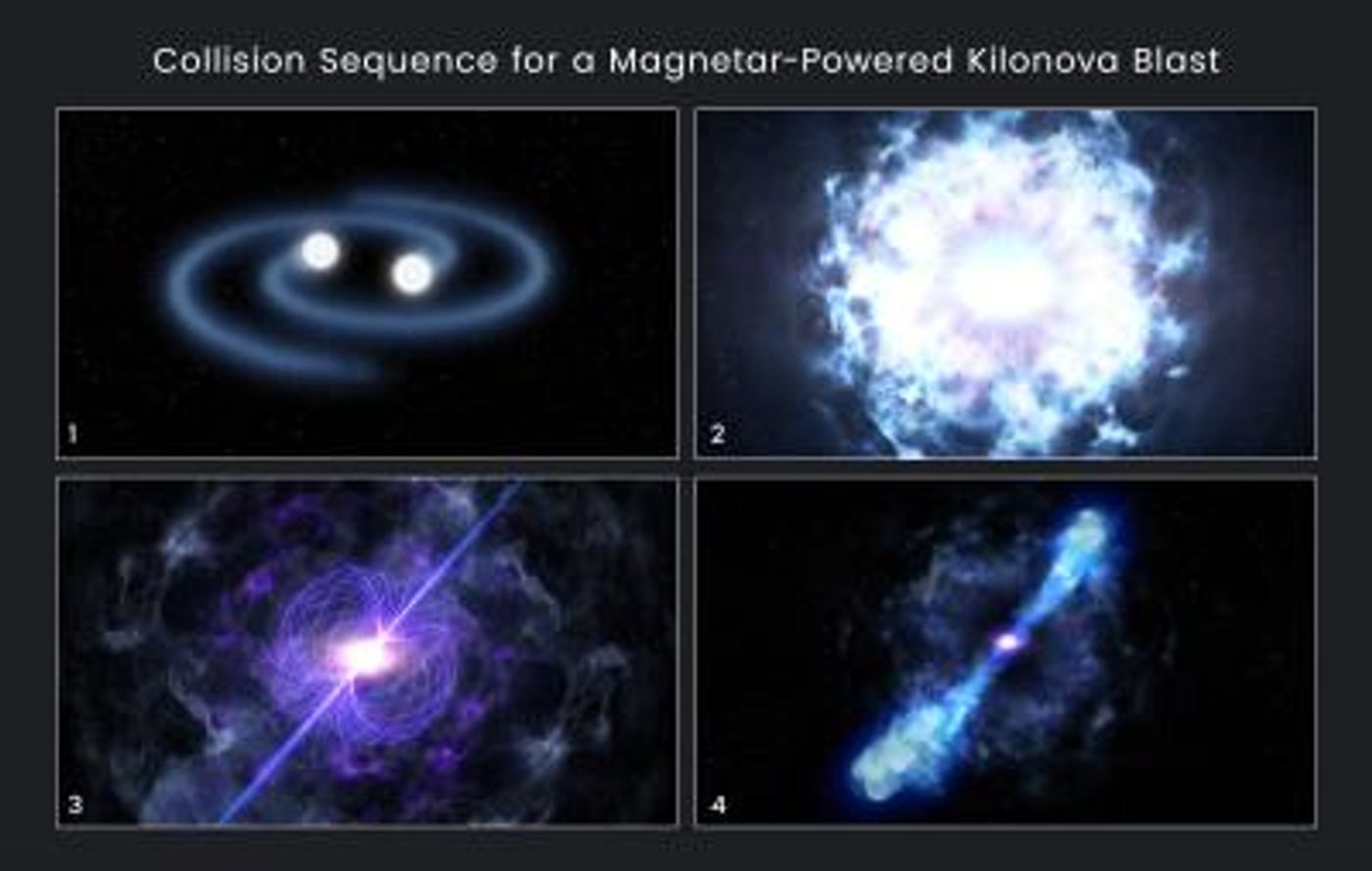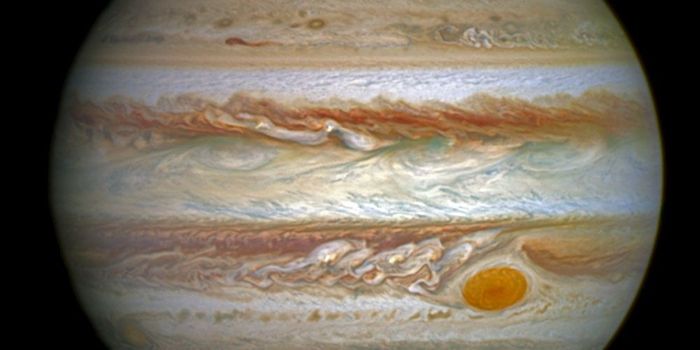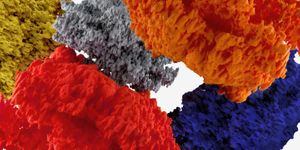Researchers Observe the Birth of a Magnetar
Scientists think they have witnessed the birth of a magnetar for the first time, when a massive burst of gamma rays took less than one second to release more energy than our Sun generates over its entire existence. When the light reached Earth on May 22, 2020, researchers were able to analyze this enormously bright blast, called a kilonova, at various wavelengths including optical, X-ray, and radio. The findings have been reported in Astrophysical Journal.
Short, massively bright bursts are often linked to the merger of dense neutron stars, which usually form black holes but can also generate magnetars. Magnetars are a massive type of neutron star that have incredibly strong magnetic fields.
"When two neutron stars merge, the most common predicted outcome is that they form a heavy neutron star that collapses into a black hole within milliseconds or less," said study Wen-fai Fong, an assistant professor of physics and astronomy in Northwestern University's Weinberg College of Arts and Sciences. "Our study shows that it's possible that, for this particular short gamma-ray burst, the heavy object survived. Instead of collapsing into a black hole, it became a magnetar: A rapidly spinning neutron star that has large magnetic fields, dumping energy into its surrounding environment and creating the very bright glow that we see."
The kilonova was detected at NASA's Neil Gehrels Swift Observatory and other telescopes around the world turned to the blast to gather more information.
The researchers saw that the Hubble telescope had identified something that was ten times brighter than what was predicted by X-ray and radio data.
"As the data were coming in, we were forming a picture of the mechanism that was producing the light we were seeing," said the study's co-investigator, Tanmoy Laskar of the University of Bath in the United Kingdom. "As we got the Hubble observations, we had to completely change our thought process, because the information that Hubble added made us realize that we had to discard our conventional thinking and that there was a new phenomenon going on. Then we had to figure out...what that meant for the physics behind these extremely energetic explosions.
"You basically have these magnetic field lines that are anchored to the star that are whipping around at about 1,000 times a second, and this produces a magnetized wind," Laskar explained. "These spinning field lines extract the rotational energy of the neutron star formed in the merger, and deposit that energy into the ejecta from the blast, causing the material to glow even brighter."
"We know that magnetars exist because we see them in our galaxy," Fong said. "We think most of them are formed in the explosive deaths of massive stars, leaving these highly magnetized neutron stars behind. However, it is possible that a small fraction form in neutron star mergers. We have never seen evidence of that before, let alone in infrared light, making this discovery special."
Kilonovae are a type of nova that is about 1000 times brighter.
"We only have one confirmed and well-sampled kilonova to date," said study co-author Jillian Rastinejad, a graduate student in the Fong lab. "So it is especially exciting to find a new potential kilonova that looks so different. This discovery gave us the opportunity to explore the diversity of kilonovae and their remnant objects."
Follow-up observations will be needed to prove conclusively that the event was the birth of a magnetar.
"Now that we have one very bright candidate kilonova," Rastinejad said, "I'm excited for the new surprises that short gamma-ray bursts and neutron star mergers have in store for us in the future."
Sources: AAAS/Eurekalert! via Northwestern University, Astrophysical Journal









